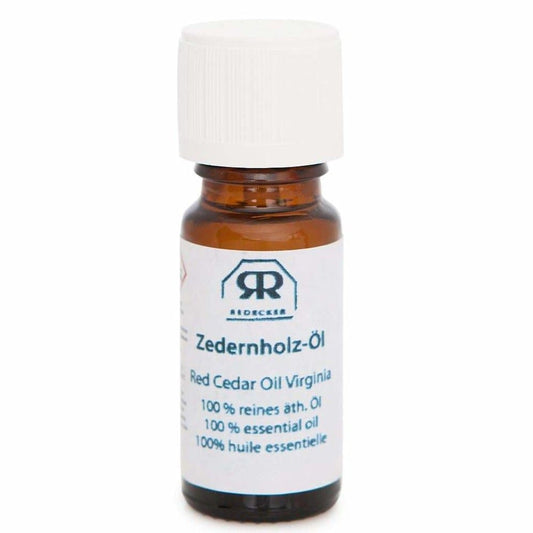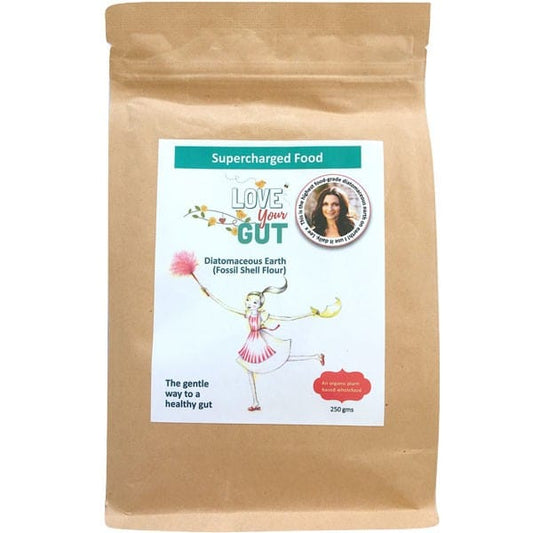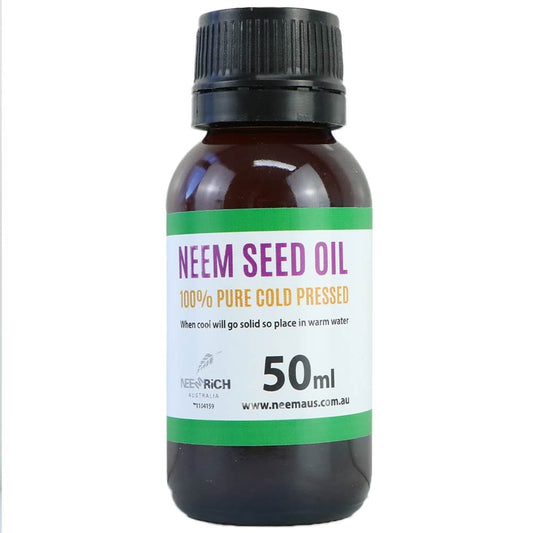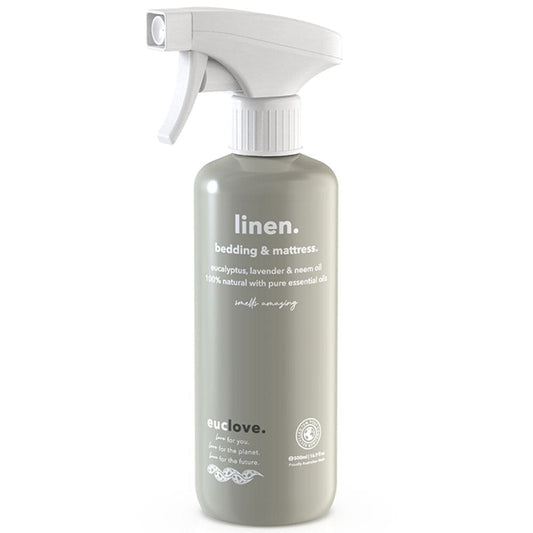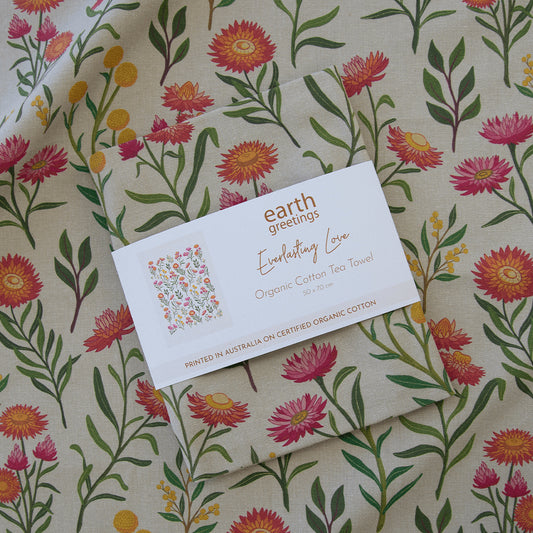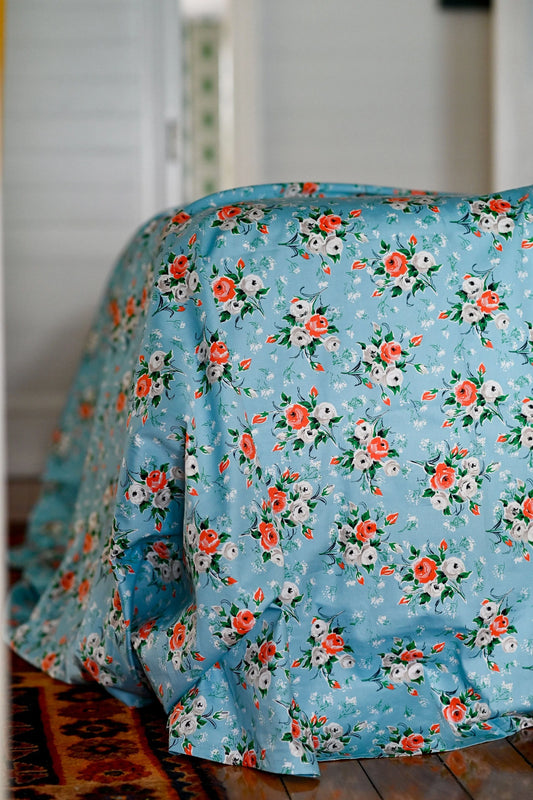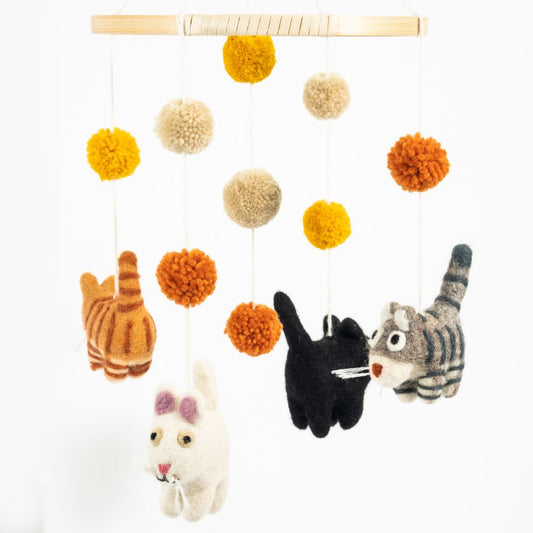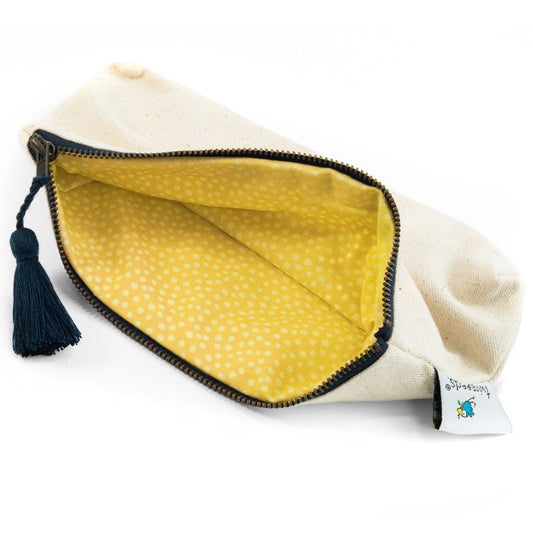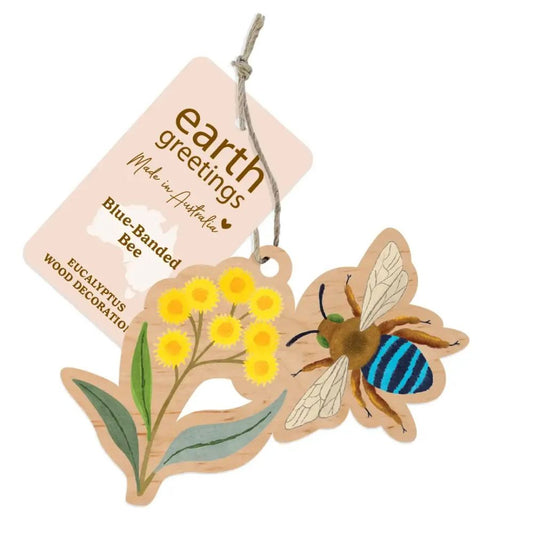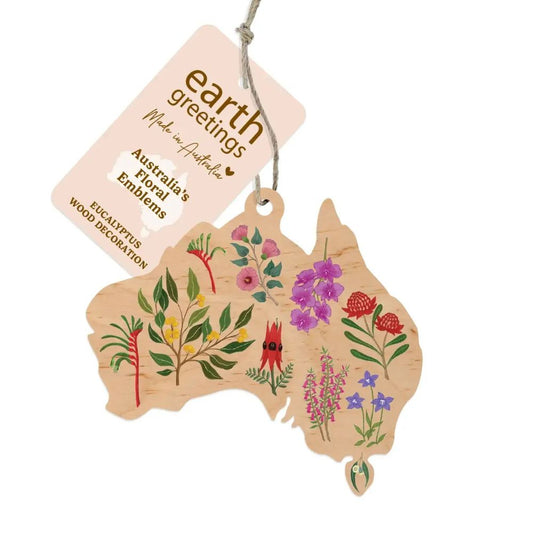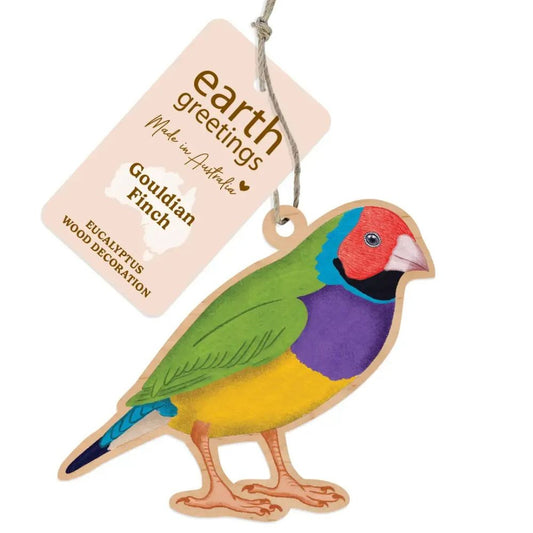
Welcome to the creepy-crawly world of bedfellows you never invited! We’re diving under the covers to explore the miniature menagerie that might be snoozing with you each night. From the blood-thirsty to the bothersome, these tiny invaders can be a real nightmare!
Plenty of us, like myself, suffer from allergies, asthma, eczema, and itchiness caused by dust mites, while others feel there is something niggling in bed but can't pin point the issue.
You may be asking: What is biting me at night? What kind are the bugs in my bed? What is the difference between bed bugs, dust mites, and the dreaded scabies? And, what do they look like?
So, here's everything you need to know to help you evict these uninvited guests from your cozy quarters, and from the bedding in hotel rooms, hostels, and accommodation when you travel!
Gentle warning, not for the squeamish! 😄
What are the most common form of pests found in beds in Australia?
1. Bed Bugs
Scientific Name: Cimex lectularius.
Appearance: Small, reddish-brown insects, about the size of an apple seed, with flat, oval bodies.
Habitat: Prefer hiding in mattresses, bed frames, and other furniture close to sleeping areas.
Diet: Feed exclusively on the blood of humans and other mammals.
Impact on Humans: Their bites can cause itching, red welts, and in some cases, allergic reactions.
How to get rid of bed bugs and eggs:
Professional Treatment: Heat treatment or chemical pesticides may be necessary.
Natural Remedies: Regular vacuuming, wash and dry bedding at high temperatures, steam cleaning, and more:
- Diatomaceous earth is a powdery substance composed of silica. When bed bugs come into contact with diatomaceous earth, the sharp edges of the silica particles cut through their protective outer layer causing the bed bugs to dehydrate and eventually die. Note that takes time for the bed bugs to dehydrate after coming into contact with the powder and diatomaceous earth should be used as part of a comprehensive bed bug control strategy, which may include heat treatment, thorough cleaning, and the use of additional pest control methods. Use food-grade diatomaceous earth (which is sold at Biome and is consumed for gut health), and wear a dust mask to avoid inhalation.
- Spray rubbing alcohol directly on bed bugs to kill on contact.
- Run a hair dryer over affected areas, which might kill bed bugs with heat.
- Create a trap barrier around your bed with double-sided tape to catch bed bugs trying to climb up.
- Tea tree oil, clove oil and lavender oil can be used in a home made spray to deter bed bugs.
- Neem oil. Make your own or use a spray such as Euclove Bedding & Mattress Spray.
2. Dust Mites
Scientific Name: Dermatophagoides spp.
Appearance: Microscopic, globular, cream-coloured mites.
Habitat: Thrive in warm, humid environments such as mattresses, carpets, and upholstered furniture.
Diet: Primarily feed on dead skin cells shed by humans.
Impact on Humans: Dust mites are extremely common major allergens that can trigger allergic reactions and asthma attacks.
How to get rid of dust mites:
Environmental Control: Reducing humidity, using allergen-proof mattress covers, and washing bedding in hot water regularly.
Natural Remedies: Frequent vacuuming with HEPA filters to reduce mite populations, natural Bedding Spray to deter dust mites - either a ready made spray or Make your own dust mite spray.
Users of Euclove's Dust Mite Spray have left reviews like these:
Love this. It really has helped me with my allergies 😃 - Rita
Lovely fresh scent and definitely alleviated my son’s sneezing at night. - Bec
Brilliant product. Making a huge difference with my allergies. Take it when I travel to use in hotel linen too. - Mel
Great natural product. Since spraying on mattress & pillows no more sniffles or sinus problems. Can now sleep & wake comfortably. Highly recommend. - Ros
I thought I was either allergic to my cat or dust or dust mites in my bed. Every time I would get into my bed my head would be congested. I bought the spray and absolutely drenched my mattress in it. Since then my allergies in the bed have massively reduced. I recommend this spray to anyone who has bad allergies. - Hannah
3. Scabies
Scientific Name: Sarcoptes scabiei.
Appearance: Microscopic mites that are barely visible to the naked eye.
Habitat: Burrow under the skin to live, reproduce and lay eggs.
Diet: Feed on skin and secretions.
Impact on Humans: Intense itching and a rash due to allergic reactions to the mites and their feces.
How to get rid of scabies:
Medical Treatment: Professional medical diagnosis and treatment is necessary. Scabies is a serious illness with serious complications. Prescription creams and possibly oral medication will be used to kill the mites.Natural Remedies: Please see a comprehensive post here on How to Prevent Scabies at Home.
Find a comprehensive post here on Effective Natural Remedies to Help Soothe & Heal Scabies.
4. Fleas
Scientific Name: Ctenocephalides spp.
Appearance: Small, dark, and wingless insects with a talent for jumping.
Habitat: Often found on pets, in pet bedding, and carpets.
Diet: Parasitic insects that feed on the blood of their hosts.
Impact on Humans: Cause itchy bites and can transmit diseases.
How to get rid of fleas:
Pet Treatments: Regular use of flea control products for pets.
Natural Remedies: Salt or baking soda sprinkled on carpets and furniture, then vacuumed up can help dry out flea eggs. Also, certain essential oils can help repel fleas.
5. Ticks (Various species)
Appearance: Small arachnids, becoming engorged with blood when feeding.
Habitat: Brought into homes on pets or clothing from outside.
Diet: Blood feeders that can live without a meal for long periods.
Impact on Humans: Can transmit serious diseases like Lyme disease.
How to get rid of ticks:
Preventive Measures: Tick repellents for pets, checking pets and clothing after being outdoors.
Natural Remedies: Using natural tick repellents like cedar oil can deter ticks.
6. Body & Head Lice
Scientific Name: Pediculus humanus corporis (body lice), Pediculus humanus capitis (head lice).
Appearance: Tiny insects that live close to the human body or in the hair.
Habitat: Body lice live in clothing and move to the skin to feed; head lice are found in hair.
Diet: Feed on human blood.
Impact on Humans: Cause itching and can lead to secondary infections from scratching.
How to get rid of lice:
Medicated Treatments: Shampoos and lotions specifically designed to kill lice.
Natural Remedies: Essential oils like tea tree oil can be added to shampoo to help repel lice, though effectiveness varies.
Are Bed Bugs a Problem in Australia?
In Australia, just like in many parts of the world, the presence of bugs such as bed bugs, dust mites, and fleas in bedding can be a common issue, although the prevalence can vary significantly by region and living conditions. Here's a closer look at the situation in Australia:
Bed Bugs: These pests are a growing problem in many urban areas globally, including in Australia. Increased international travel and urban densification often contribute to the spread of bed bugs. They are commonly found in places with high turnover of night time guests, such as hotels, hostels, and motels, but can also infest homes. Australian cities like Sydney, Melbourne, and Brisbane have reported issues with bed bugs in accommodations and residences.
Dust Mites: Extremely common in Australian homes, dust mites thrive in the humid conditions prevalent in many parts of the country. They are particularly numerous in coastal areas, where the climate supports their growth. Virtually all households have some level of dust mite presence, as they feed on organic matter such as skin cells shed by humans.
Scabies: Scabies mites are also found in Australia and can cause outbreaks, particularly in crowded living conditions where they spread easily through close physical contact, or holiday accommodation.
Fleas and Ticks: Fleas are commonly associated with pets, so homes with dogs and cats may experience flea infestations, which can extend to bedding. Ticks are more specific to people who live near or visit bushland areas; however, they are not typically associated with indoor environments like beds unless brought in on pets or clothing.
Prevention, Control, and Personal Medical Care
As many of us have experienced first hand, bugs of various kinds in bedding can cause a range of health issues, from allergic reactions and asthma to itchy bites and potential secondary infections.
Beyond physical health, the presence of these pesky room mates can significantly affect your quality of life, causing stress, sleep disturbances, and discomfort.
Always seek professional medical advice when you experience bites, rashes, or breathing difficulties. Infections and other illness can result from bug bites, and some require medication to eliminate.
Regular cleaning, vacuuming, and washing bedding at high temperatures can help control dust mites.
Using protective covers for mattresses and pillows can reduce the presence of dust mites and bed bugs.
Users of a speciality linen spray such as Euclove Bedding and Mattress Spray that contains Neem and other essential oils, or making your own, have reported a reduction in allergies from dust mites.
For bed bugs, professional extermination might be necessary.
Keeping pets treated for fleas and ticks and maintaining cleanliness are crucial steps to prevent these pests from spreading.
I thoroughly enjoyed writing this blog post, though found it a bit alarming - especially the parts about the bugs feeding on human blood! Thank you for making it to the end, and I hope that it will help you with finding some relief. I am certainly taking a spray with me now when I travel, and using it on the hotel linen.
- Tracey



